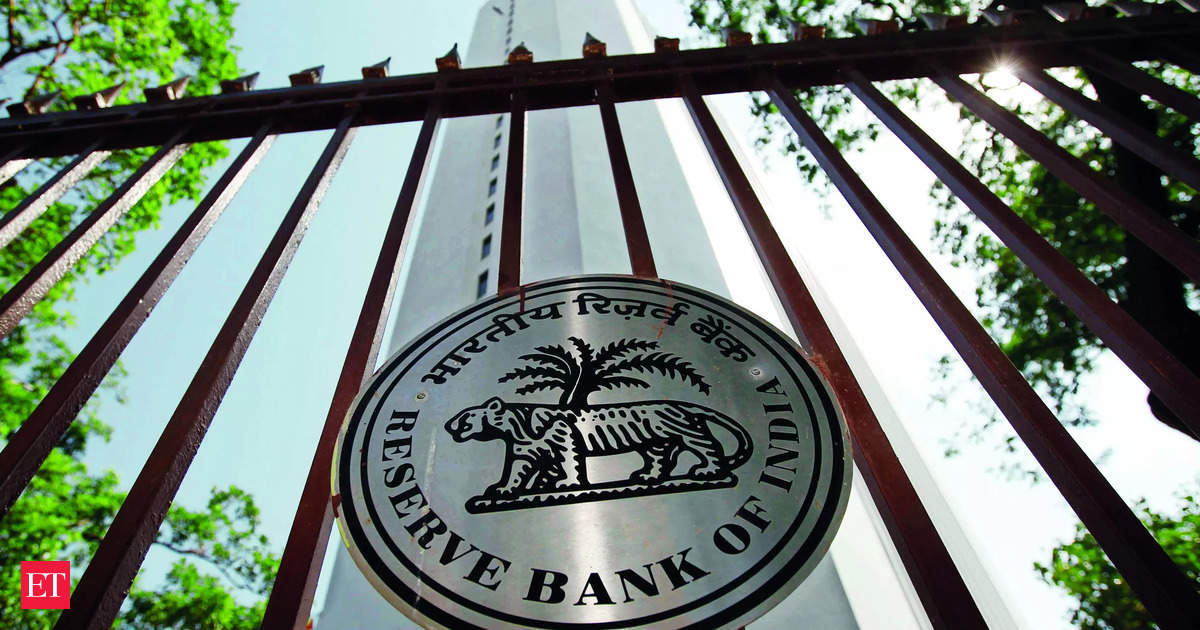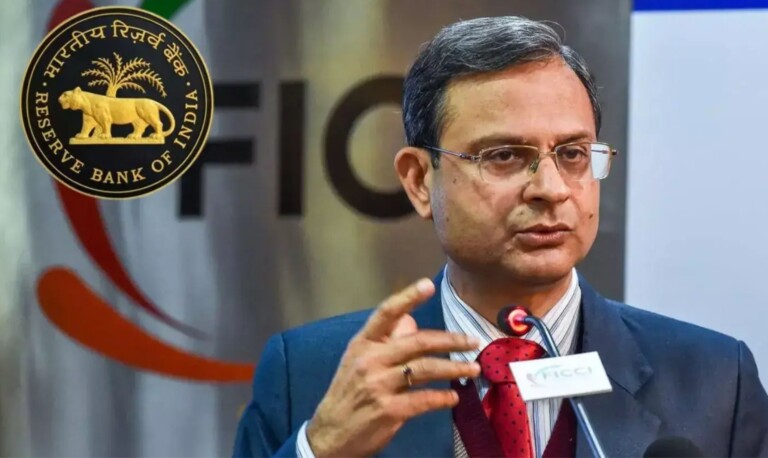
A user manual for updating the CBDC wallets has been circulated. RBI launched the pilot for retail digital- or e Rs in December 2022. Unlike conventional deposits, CBDC is the liability of the central bank. When an account holder converts some money in a savings account into CBDC, the bank’s deposit diminishes by that amount.
Additionally, CBDC fetches no interest returns (like normal bank deposits) to the owner of the digital wallet. As a result, neither the lenders nor customers have been particularly interested in CBDC till now.
While a few banks have taken steps similar to what RBI is planning, CBDC as a currency for payments has not taken off. Besides, with the wide adoption of UPI and use of mobile phones for shopping and fund transfers, CBDC never quite captured retail users’ imagination.
Nonetheless, government as well as senior Reserve Bank officials have come out with statements from time to time to stoke up interest in CBDC, which most admit could make cross-border fund transfers quicker and cheaper, if the technical and macro-implications can be addressed.
Against this backdrop, the RBI is taking baby steps to popularise CBDC with its latest move. It is unclear whether more reimbursements could be credited to CBDC wallets in future if the present decision goes down well among employees. The move comes a fortnight after the change of guard at the regulator.
“Users would not mind if they can freely use UPI and payment modes like Gpay to make payments from CBDC wallets, or convert unspent digital rupee in wallets back into savings accounts,” said a banker.
“However, it would be at the back of their minds that there would be no interest on the wallet amounts. Plus, most banks would not actively encourage depositors to open CBDC wallets.”
The CBDC wallets are linked to user accounts with banks, which would only act as aggregators. Amid the interest and discussions on CBDC, monetary authorities and bodies like the International Monetary Fund have pointed out the possible repercussions of such a digital currency — that is not part of bank deposits but represents a direct claim on central banks.
Some observations made are as follows:
- CBDC could trigger flight to safety from retail bank deposits in periods of market stress.
- Volatility in CBDC demand could affect central banks’ ability to forecast liquidity.
- While CBDC could dramatically increase speed and cut cost in cross-border flows, it could cause volatile capital flows and faster transmission of financial shock across markets.
- The advent of CBDC in a big way would require central banks to fine tune their monetary policy operations.







